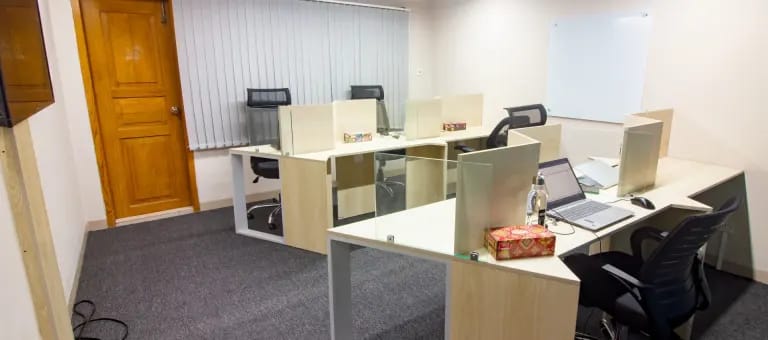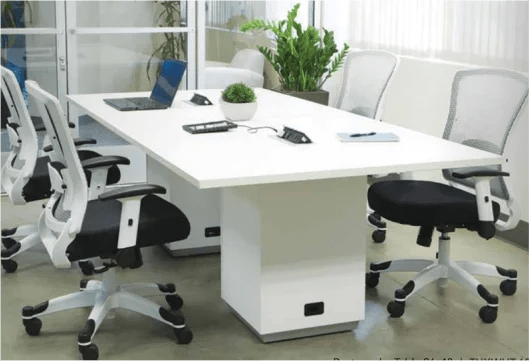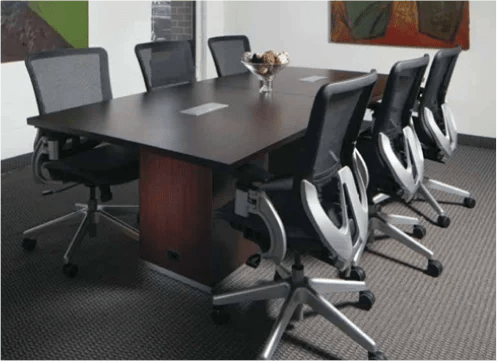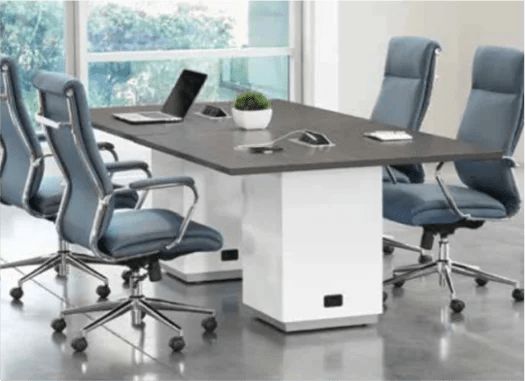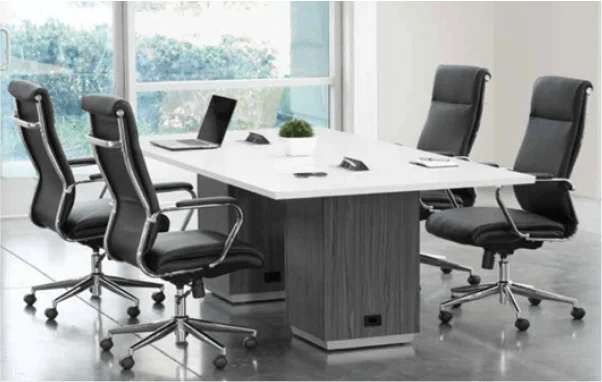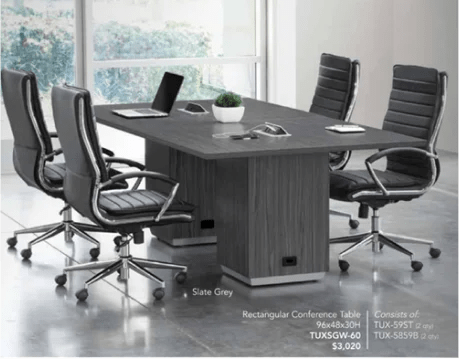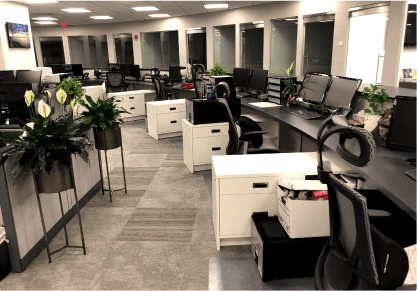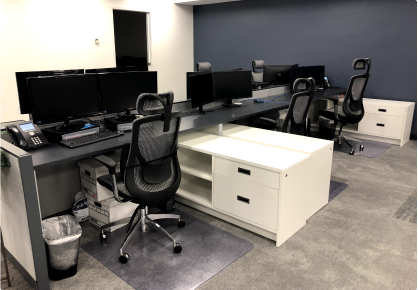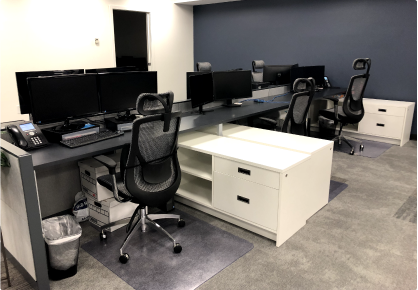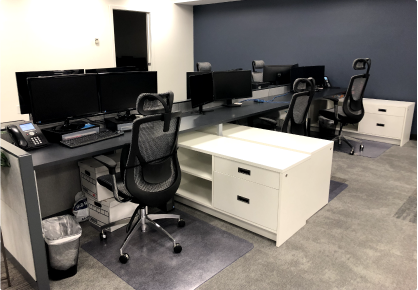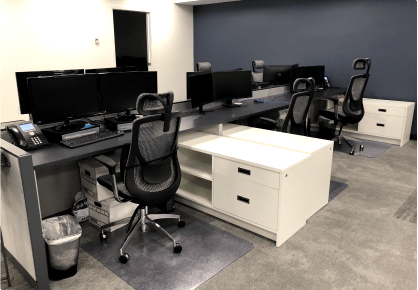- NY Phone: (212) 641-4300 |
- NJ Phone: (908) 300-5664
How to Maximize Space in a Storage Unit for Office Furniture
How to Maximize Space in a Storage Unit for Office Furniture

How to Store Office Furniture Efficiently: Expert Tips
Storing office furniture efficiently is a smart move, whether you’re putting items away for future use or just need temporary storage. Careful planning and organization are key to making the most of your storage unit while ensuring your furniture is accessible and protected. Here are some detailed strategies to help you optimize your storage space effectively.
1. Leverage Vertical Space Effectively
Stackable Shelving: Investing in stackable shelving units is a great way to store boxes, files, and smaller office equipment efficiently. These units are often designed for easy assembly and disassembly as your needs change.
Wall-Mounted Solutions: Don’t let wall space go to waste. Use wall-mounted hooks or brackets to hang chairs, bikes, or other equipment, keeping them off the floor and freeing up valuable floor space.
Tiered Storage for Large Items: For larger items like desks and tables, stack them strategically. Place heavier items at the bottom for stability and ensure they are securely positioned.
2. Conquer Corner Space
Corner Shelves: Install corner shelves specifically designed to fit snugly into corners. These are perfect for storing smaller office supplies, accessories, and other items that might otherwise get lost.
Utilize Every Corner: Even seemingly small corners can be valuable. Use them to store items like cables, adapters, and other small office equipment, preventing wasted space and keeping things organized.
3. Opt for Modular and Adjustable Furniture
Modular Storage: Modular furniture pieces can be rearranged and reconfigured to fit your storage space more effectively. This adaptability ensures your storage unit remains organized even as your inventory or storage needs evolve.
Adjustable Shelving: Installing adjustable shelving allows you to customize shelf heights to accommodate items of different sizes without wasting vertical space.
4. Label and Organize for Easy Access
Clear Labeling: Use clear stickers, tags, or a detailed inventory list to label each stored item and its location within the unit. This makes retrieving specific items much easier and reduces the time spent searching.
Strategic Layout: Arrange frequently used items near the front of the storage unit for easy and quick access, while placing less frequently used items towards the back.
Categorize Items: Group similar items together (e.g., all desks in one area, all chairs in another) to streamline retrieval and make inventory management simpler.
5. Protect Your Furniture Investment
Cover Furniture: Use protective covers for upholstered items to shield them from dust, moisture, and potential pest infestations.
Secure Heavy Items: Ensure heavy furniture is strapped down or positioned securely to prevent them from tipping over, which could cause damage or injury.
Consider Climate Control: If possible, opt for a climate-controlled storage unit. This is particularly important for protecting wooden furniture and electronics from humidity and extreme temperature fluctuations.
6. Utilize Under-Desk Space (If Applicable)
Mobile Pedestals: If you are storing desks or workstations, consider using mobile pedestals or small filing cabinets to organize smaller items instead of leaving them scattered around.
7. Plan Ahead for Efficient Storage
Measure Carefully: Before you even start moving furniture, measure both your furniture items and the interior dimensions of your storage unit to ensure an optimal fit.
Create a Layout: Sketch a basic layout or use digital tools to visualize how you plan to arrange your furniture within the storage unit before you begin moving items in.
Prioritize Accessibility: Place items you anticipate needing to access more frequently in easily reachable locations to avoid unnecessary rearranging and potential damage.
Additional Tips for Optimal Storage
Use Protective Materials: Wrap fragile items with bubble wrap, foam sheets, or moving blankets to prevent scratches, dents, and other damage during storage.
Disassemble When Possible: Whenever feasible, disassemble large furniture pieces like desks or tables to save significant space. Keep all screws and small parts in clearly labeled bags and attach them to the corresponding furniture piece if possible for easier reassembly later.
Regular Inspections: Periodically visit your storage unit to inspect your stored items. This allows you to address any potential issues, such as pest activity or moisture damage, promptly.
Partner with Eltru for Efficient Office Furniture Storage
By implementing these practical strategies, businesses can efficiently store their office furniture while maintaining accessibility and ensuring long-term protection. Companies like Eltru specialize in providing office furniture solutions, making it easier for businesses to manage their office assets, including storage and relocation. Whether you’re downsizing, relocating, or simply optimizing your storage space, seeking expert guidance can help you make the most of your storage solutions.
Contact Us For
OFFICE SPACE SOLUTIONS
and FF&E Services
Copyright © 2025 RJV Office Furnishing LLC


